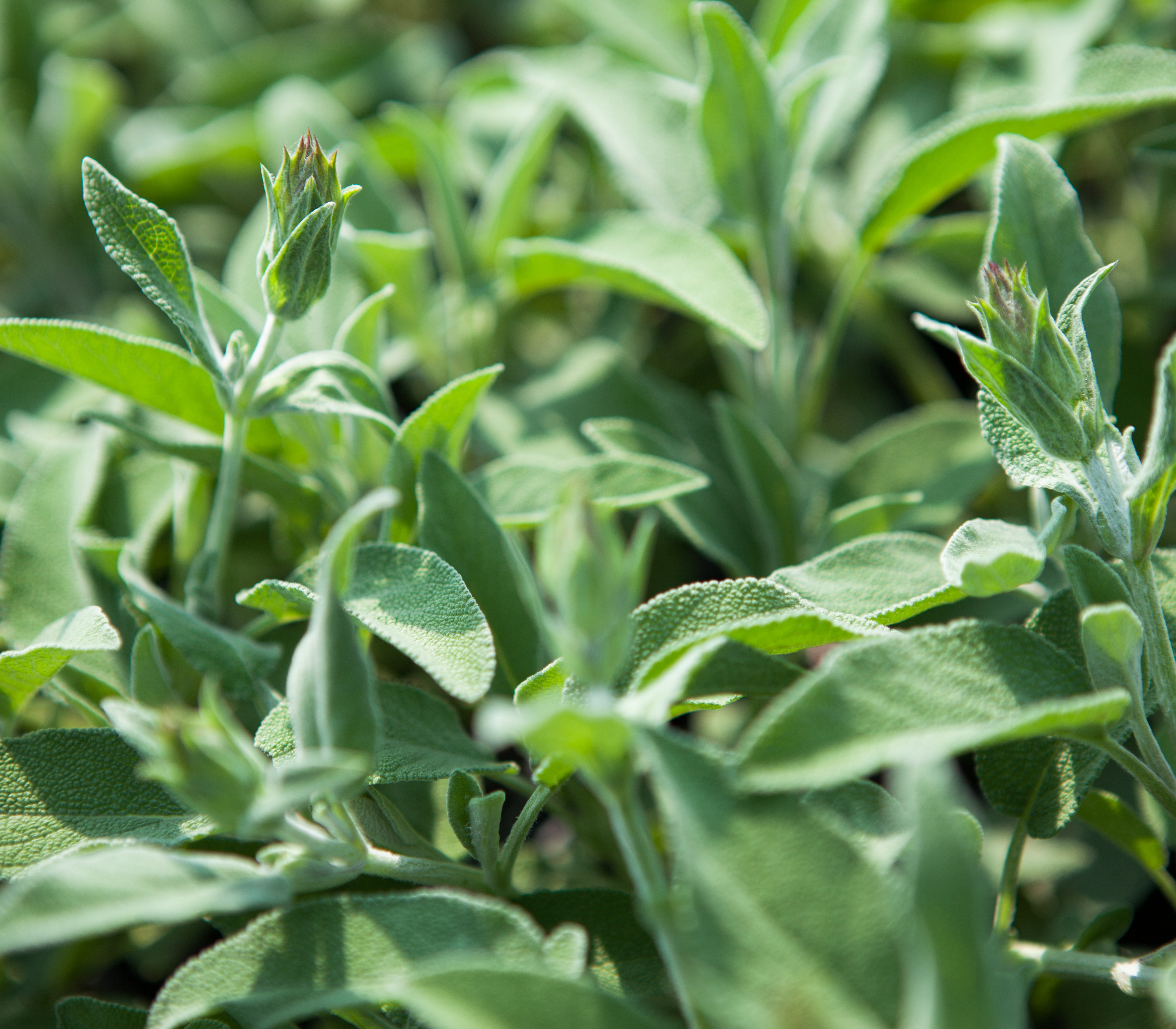
Organic: Pesticide-free farming
17 July 2020
Organic defence methods differ from conventional pest control methods in that they don't seek to entirely destroy the parasite, but rather aim to limit its spread and create the ideal conditions for the plant, making it more resistant, while at the same time creating adverse conditions for the pathogen. font color="#333333">This method is regulated by EC Reg. 834/2007 on organic growing, and completely excludes the use of pesticides. These chemical products are still used in conventional farming to eliminate parasitic organisms. Sometimes, they may be beneficial to crops, but damaging to human and animal health, and to the environment. Reducing pollutants at the various stages of the growing process is fundamental, because they inevitably end up in our aquifers. Water is a precious and finite resource. The most important way to support sustainable farming is to make the responsible choice and choose organically farmed, eco-compatible products: a modern approach to farming that respects the environment, the Earth and nature. Producing and eating healthy food is the first step in the cycle that leads to a return to a proper, healthy diet that is richer in nutrients.

The Simonato Company is part of this commitment to Mother Earth, while at the same time making sure to move with the times. Since 1997, it has specialised in organic aromatic plants, grown in accordance with organic protocols and without the use of any chemicals. In terms of growing methods, sowing and cutting methods are applied.
The first method involves the use of individual pots filled with organic soil, to which approximately 40/50 seeds are added. These are stored in a humid environment at high temperatures to encourage germination. The second method that Simonato uses relates to cutting. This involves manually cutting the mother plants, and then arranging the small cuttings in soil cylinders before transplanting them into the individual pots.
The aromatic plants are placed in well-ventilated, well-lit greenhouses to grow. These facilities are equipped with heated floors and ventilation systems that comply fully with environmental standards, and a flow/reflow irrigation system that optimises the quantity of water used.
Data source: Fibl and Ifoam




